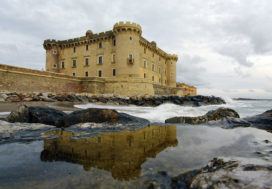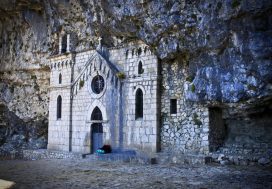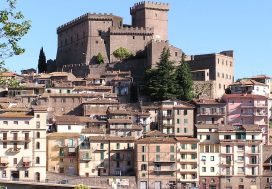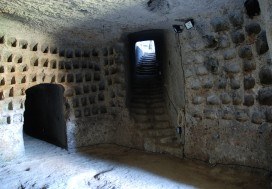A holiday at Lake Bolsena and its surroundings, and some of the beauties of Lazio.
Civita di Bagnoregio
Civita is technically a fraction of Bagnoregio, in the province of Viterbo, also known as “The Dying City“, an appellative that was born because of the slow abandonment of the residents due to the gradual erosion of the valley and the hill on which it stands.
Accessible by a bridge built in 1965, it is regarded as one of the most beautiful hamlets of Italy.
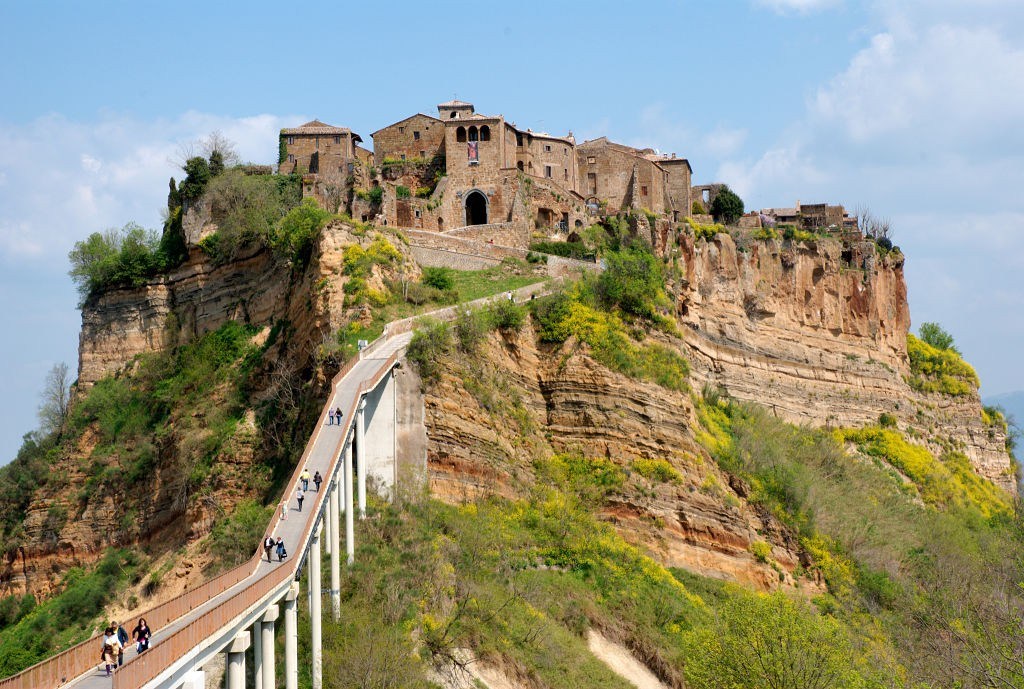
Civita di Bagnoregio
Founded by the Etruscans, it was an important connecting node between the Tiber and the famous Lake Bolsena. Besides being charming, it also offers significant points of interest, with an architectural structure of great attraction, in which Etruscan, Roman, medieval and Renaissance elements give the best of them as, for example, the marvelous Santa Maria Gate, which is the only access road that has survived until today.
Inside the ancient village there are medieval houses as well as the San Donato Church, which is located on the main square, the house where Saint Bonaventura was born, a mill dating back to the sixteenth century and the Bishop’s Palace.
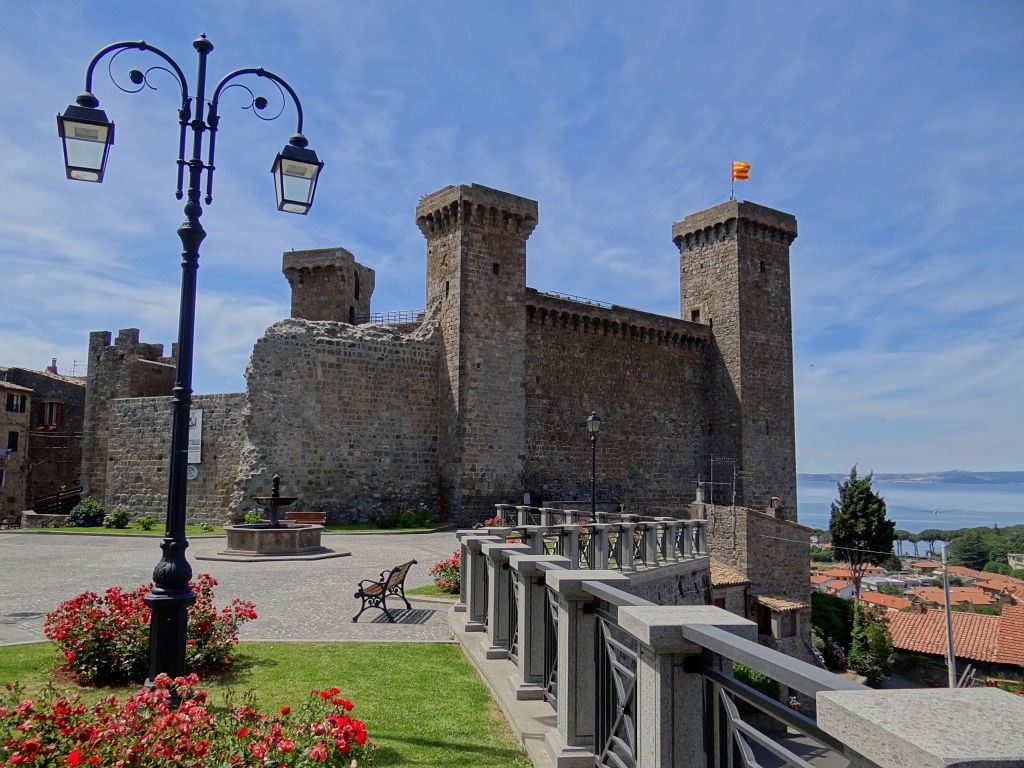
Bolsena Castle
Bolsena
A holiday at La Perazzeta, located in Lazio in Gradoli in the province of Viterbo, will give you the opportunity to admire Bolsena, also in the province of Viterbo.
Much of its fame is linked to the Eucharistic miracle, which gave origin to the Corpus Domini. Conquered by the Romans in 280 BC, it offers an interesting cultural, historical, artistic and natural aspect.
The Castle Bolsena, also known by the name of Rocca Monaldeschi della Cervara, named after the family of nobles who had for a long time its tenure, is located in the historic center. In its inside there is also the Territorial Museum of Lake Bolsena.
The complex of Church of Santa Cristina which was named like this because of the overlapping of styles and for its architectural complexity, has a very interesting religious scheme. It is located in the ancient heart of the hamlet and it was probably built on a pagan temple. Its history is characterized by two special events: the first is the Martyrdom of Santa Cristina, and the second is the popular Eucharistic miracle. Its catacombs are also to be visited.



